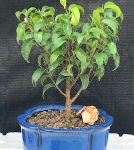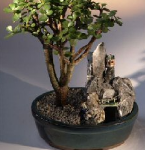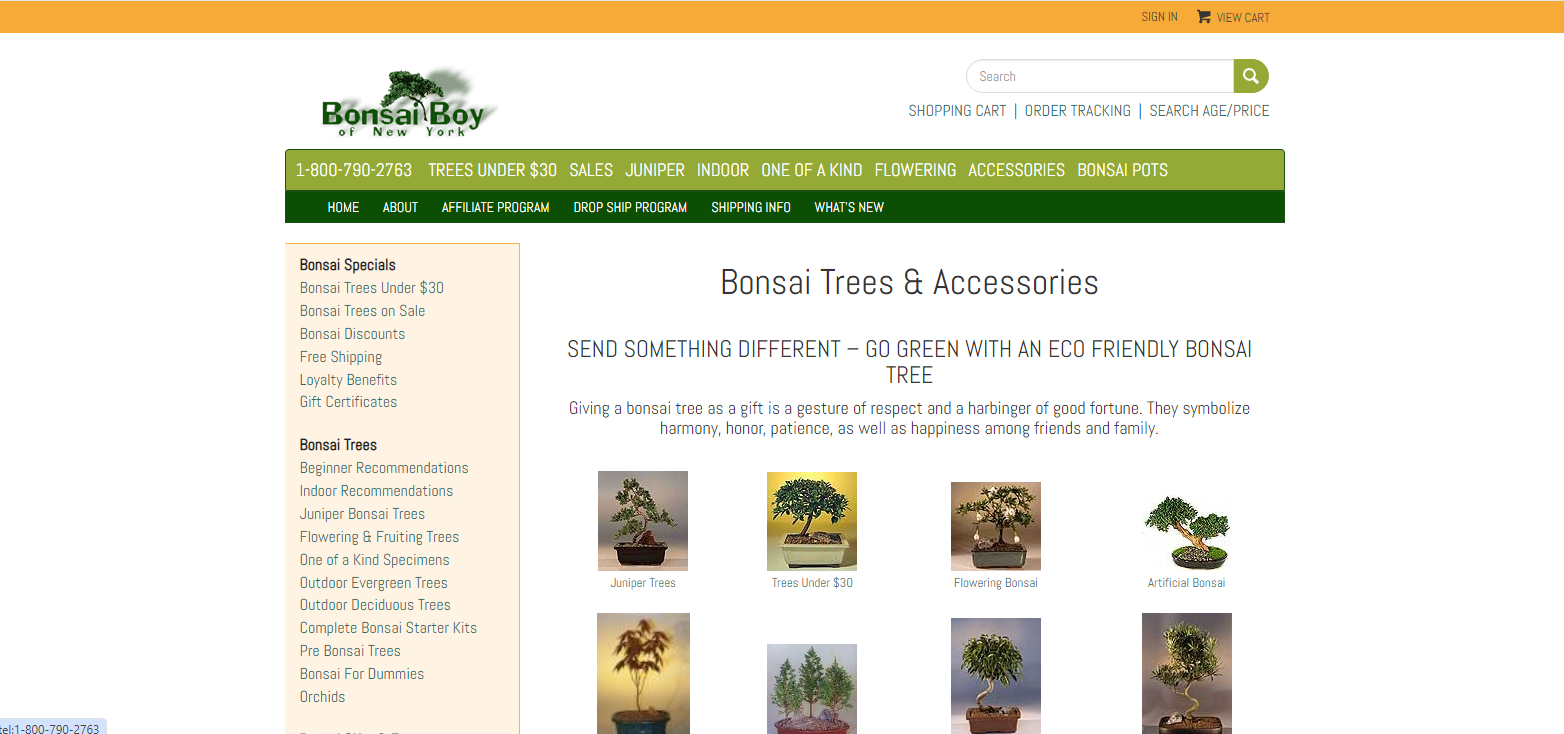Tag: beginner-friendly
The Best Indoor Bonsai Trees That Are Easy to Care For
The Best Indoor Bonsai Trees That Are Easy to Care For.
Welcome to the world of indoor bonsai trees! Bonsai is a beautiful art form that involves growing miniature trees in small containers. Indoor bonsai trees are perfect for those who want to enjoy the beauty of nature without having to worry about maintaining a large garden.
In this blog post, we will explore everything you need to know about indoor bonsai trees, including the best easy-to-care-for varieties, how to care for your tree, and common mistakes to avoid when growing an indoor bonsai tree. Let’s get started!
* Introduction to Indoor Bonsai Trees
Indoor bonsai trees have become increasingly popular over the years due to their unique appearance and low maintenance requirements. Unlike traditional houseplants, bonsai trees require specialized care and attention to thrive.
The good news is that with the right knowledge and skills, anyone can grow a stunning indoor bonsai tree. There are many different types of indoor bonsai trees available, each with its own distinct characteristics and growth patterns. Some popular varieties include:
Snake Plant (Sansevieria trifasciata) – This hardy plant is known for its long, pointed leaves and ability to survive in harsh conditions. It’s also one of the easiest plants to care for, making it a great choice for beginners.
Pothos (Epipremnum aureum) – With its lush green foliage and trailing vines, pothos is a popular choice for hanging baskets or tabletop displays. It’s also incredibly resilient and can tolerate neglect better than most other indoor plants.
ZZ Plant (Zamioculcas zamiifolia) – Known for its striking, glossy leaves, the ZZ plant is a great option for those looking for something a little bit different. It’s also very forgiving when it comes to light and water conditions, making it a great choice for novice gardeners.
* The Best Easy-to-Care-For Indoor Bonsai Trees
When choosing an indoor bonsai tree, there are several factors to consider. First and foremost, you should look for a variety that is well-suited to indoor environments. Some trees may be too sensitive to changes in temperature or humidity, while others may require more sunlight than is available inside. Here are some of the best easy-to-care-for indoor bonsai trees:
 1. Ficus benjamina – This versatile tree is a popular choice for indoor bonsai enthusiasts. It has attractive, shiny leaves and can adapt to a wide range of environmental conditions.
1. Ficus benjamina – This versatile tree is a popular choice for indoor bonsai enthusiasts. It has attractive, shiny leaves and can adapt to a wide range of environmental conditions.
2. Chinese Evergreen (Aglaonema modestum) – Another tough customer, the Chinese evergreen is known for its durability and resistance to pests and diseases. Its colorful foliage adds a pop of color to any room.
3. Serissa foetida – Also known as the “tree of a thousand stars,” serissa foetida is prized for its delicate white flowers and compact size. It’s relatively easy to care for and makes a lovely addition to any home or office.
4. Jade Plant (Crassula ovata) – With its thick, succulent leaves and sculptural shape, jade plant is a favorite among bonsai enthusiasts. It’s also incredibly resilient and can handle neglect better than most other indoor plants.
5. Lucky Bamboo (Dracaena sanderiana) – While not technically a tree, lucky bamboo is often grown as a bonsai plant. It’s easy to care for and requires minimal maintenance, making it a great choice for busy people who don’t have time to tend to their plants every day.
* Caring for Your Indoor Bonsai Tree
Once you’ve chosen the perfect indoor bonsai tree for your needs, it’s important to provide it with the proper care and attention it deserves. Here are some tips on caring for your indoor bonsai tree:
1. Water regularly – Most indoor bonsai trees prefer moist soil but shouldn’t be allowed to sit in standing water. Use a moisture meter to ensure that your tree is getting enough water without being overwatered.
2. Provide plenty of light – Indoor bonsai trees typically do best in bright, indirect sunlight. Avoid placing them near windows where they could receive direct sunlight, which can cause burns on the leaves.
3. Keep temperatures stable – Sudden changes in temperature can stress out your indoor bonsai tree. Try to keep temperatures consistent between 60°F and 75°F during the daytime.
4. Prune judiciously – Regular pruning helps to maintain the shape and size of your indoor bonsai tree. Be careful not to remove too much at once, as this can shock the plant and cause it to lose vital nutrients.
* Common Mistakes to Avoid When Growing Indoor Bonsai Trees
While indoor bonsai trees are generally low-maintenance, there are still some common mistakes that can lead to problems down the road. Here are some things to watch out for:
1. Overwatering – One of the most common causes of death among indoor bonsai trees is overwatering. Make sure to monitor your tree closely and only water when necessary.
2. Underfeeding – Like all plants, indoor bonsai trees need fertilizer to thrive. Consider using a balanced fertilizer every few weeks to help your tree stay healthy.
3. Neglecting pests and diseases – Indoor bonsai trees can sometimes fall victim to pests like spider mites or mealybugs. Watch out for signs of infestation and take action quickly to prevent further damage.
Conclusion: Finding the Perfect Indoor Bonsai Tree for You
With so many options available, finding the perfect indoor bonsai tree can seem daunting. However, by considering factors such as light requirements, ease of care, and personal preference, you can find a tree that’s perfectly suited to your needs. Remember to provide your tree with regular care and attention, and you’ll be rewarded with years of beauty and tranquility in your home or office.
